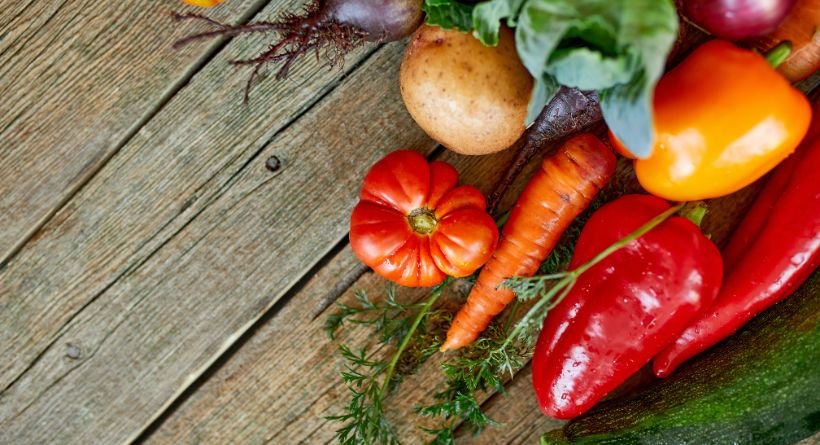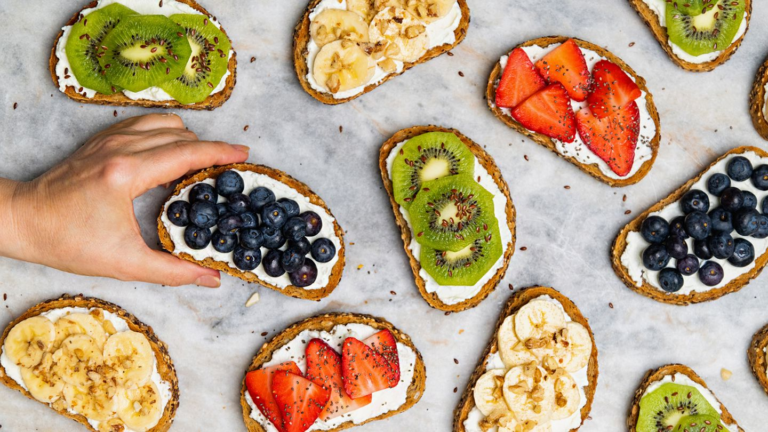7 ways to reduce food waste in your kitchen
Your food choices have an impact on your health and the planet. The United States Department of Agriculture estimates that between 30 and 40 percent of the nation’s food supply is lost or squandered every year. That’s the equivalent of around $161 billion or 133 billion pounds.
Losses in the food supply occur at every stage, from manufacturing to final consumption. Spoilage may occur for a variety of reasons, including exposure to insects, rodents, germs, and mould during storage and transportation. Losses occur when people purchase more food than they need or can eat, and when businesses waste time and resources sorting poor or damaged products. Having food go to waste is a waste of resources, including water, fertilizer, and land.
Also read about this blog: how to draw a hexagon
Here are seven tips for cutting down on wasted food at home:
1. Take an inventory.
Before you go grocery shopping, check what you already have in your cupboards, fridge, and freezer.
2. Create a meal plan.
A fantastic strategy to make sure you eat healthily throughout the week is to plan at least a couple of your meals in advance. You won’t feel the urge to stock up on groceries for a rainy day or a natural disaster. Plan your dishes in advance to prevent using entirely unrelated items. Arrange to have broccoli as a side dish one night and a casserole the next.
3. Save and eat leftovers safely.
Label the freezer bag if you don’t plan on using the leftovers within three days. Avoid losing food in the freezer and having to throw it away because it has gone bad.
4. Store food appropriately.
When asked why they don’t consume more produce, a common refrain is “When I purchase it, it ends up going bad, and I throw it away anyhow.” For starters, don’t stock up on more food than you can consume in a week’s time. Greens should be kept in the crisper drawer of the refrigerator, wrapped in a paper towel; tomatoes and bananas should be kept on the counter; potatoes and onions should be kept in a cold, dark spot; and fresh herbs should be kept in a glass of water. In case you get through all of your fresh food before your next shopping trip, make sure to stock up on some frozen options.
5. Buy “ugly” foods.
Now more than ever, you may easily find and buy substandard food, such as misshaped or unusually formed fruits and vegetables. If you sign up with them, they’ll send you their “ugly” meals every month. If you want to get your hands on flawed food, you may develop a connection with a local farmer via a CSA or a farmers market. Don’t forget to avoid buying damaged or ruined food.
6. Compost.
There’s no need to throw away the peels from your vegetables. Composting in your own backyard is a wonderful method to reduce trash in the landfill and feed your plants. Likewise, you may purchase compact bins specifically designed for composting and store them in your house.
Also read about this blog: wpc2027 live
7. Use leftovers creatively.
Don’t just chuck out perishable food that has passed its prime. Soup stock may be prepared from vegetable trimmings and peelings. Soft fruits like apples or blueberries work well when cooked with oats. Make croutons or an egg strata using day-old bread. The mild wilt that develops on veggies makes them ideal for soups and stir-fries. The versatility of soup ingredients is one of its greatest strengths.







